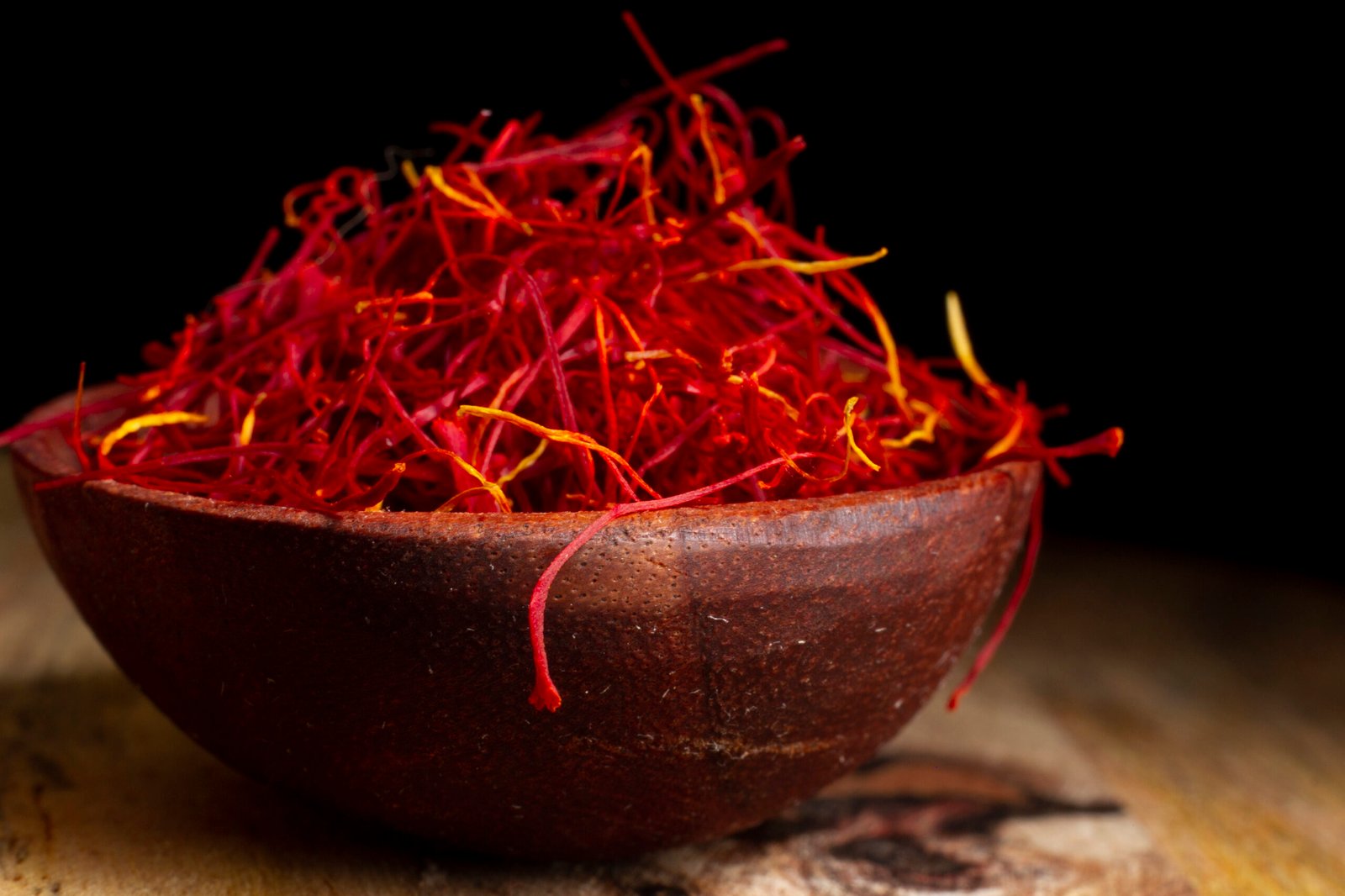Overview
The global saffron shortage, driven by climate change and growing beauty industry demand, is pushing prices higher and challenging supply chains.
Beauty Industry Grapples with Rising Demand and Scarcity of Saffron
Deblina Rocus, founder of the skincare and haircare brand, recently traveled from Los Angeles to India’s Kashmir Valley to connect with saffron producers who supply her brand with this prized ingredient. This was her first chance to meet the farmers who cultivate and harvest the saffron, carefully gathered from the crocus sativus flower. Each gram of saffron from these farms is used in Rocus’s brightening serum and resurfacing masque, creating a supply chain that begins with hand-picked flowers.
India is one of a select few saffron-producing countries, alongside Spain, Greece, Afghanistan, and Morocco, while Iran is by far the largest supplier, producing about 90% of the global market’s saffron. Known for being among the world’s most expensive spices, saffron costs roughly $1,600 per kilogram due to the intensive labor involved—requiring about 17,000 flowers to yield one kilogram.
Today, this already rare spice faces further challenges. Geopolitical instability and climate-related issues are impacting production in Iran, a key supplier, causing global saffron prices to climb as demand from the beauty and wellness industries grows.
Climate and Economic Pressures Impacting Saffron Supply
A prolonged period of drought from 2022 to 2023 led to severe water shortages in Iran, where surface wells dried up, and saffron production dropped sharply from 400,000 kilograms to just 80,000 kilograms in 2023. Global saffron demand is rising steadily, with the market valued at $602.2 million and expected to grow at 7.1% annually through 2030, driven by high-end beauty brands like Sisley Paris, YSL Beauty, and Kosas that are incorporating saffron into serums, face masks, and body creams.
Deblina Rocus faced rising costs, absorbing $20,000 in increased saffron expenses this year alone, without passing on the price to customers. “We bought a year’s worth of supply to manage the risk, but it’s uncertain how we’ll handle future increases,” she noted.
House of M Beauty, founded by Anne Oliver, sources saffron from Afghanistan for its skincare products. Known for its brightening properties, the saffron is tested for purity before being processed in France. Since starting her business seven years ago, Oliver has seen prices rise three times due to increased demand.
War and Market Disruptions Add Strain
Geopolitical events, like the Ukraine war, have impacted saffron prices for companies like Greek skincare brand Korres, which sources saffron exclusively from a cooperative in Greece. Although contract pricing usually protects Korres from fluctuations, significant disruptions in the broader market, coupled with rising costs for energy and organic fertilizer, led to a 30% increase in saffron prices following Russia’s invasion of Ukraine.
“Saffron is just one of many raw materials experiencing unexpected price jumps,” said Korres founder Lena Korres. “We’ve had to create crisis plans for sourcing alternatives and focus on a core product range to manage rising costs.”
The Unique Challenges of Growing Saffron
Saffron is labor-intensive to produce. The crocus flower blooms only once a year, typically in autumn, and is harvested by hand at dawn to protect its delicate stigma, from which saffron is derived. Although drought-tolerant, saffron still requires irrigation in drier regions, and the crocus bulb is highly sensitive to temperature changes.
Roughly 31% of global saffron production, around 400,000 kilograms, is considered premium or grade I quality. According to Saffron Tech, an Israeli ag-tech company working to grow saffron year-round through vertical farming, the premium segment of the market is expected to grow to $341 million by 2030. This innovative approach could make saffron more widely available and stable in supply, although the exclusive appeal of saffron may diminish if the spice becomes more accessible.
Indoor vertical farming helps manage environmental variables, ensuring quality control despite external factors like climate change. Additionally, saffron extraction—a process that turns 0.5 kilograms of saffron into 4.5 kilograms of extract—allows for use in nutraceuticals and premium skincare products, aligning with consumer preferences for health-focused ingredients.
Saffron’s Rising Popularity and Brand Relationships with Farmers
The demand for saffron continues to grow in skincare, where it competes with other popular natural ingredients like acai, coconut, and turmeric. Many high-end skincare brands work directly with small-scale farmers to maintain a steady supply and stable pricing. Although most brands produce small batches, ongoing demand and price increases could eventually force brands to pass higher costs on to consumers.
“Global saffron supply has historically struggled to keep up with demand,” says Tal Wilk-Glazer, CEO of Saffron Tech. “As more consumers recognize saffron’s health benefits, the gap between supply and demand may widen.”

